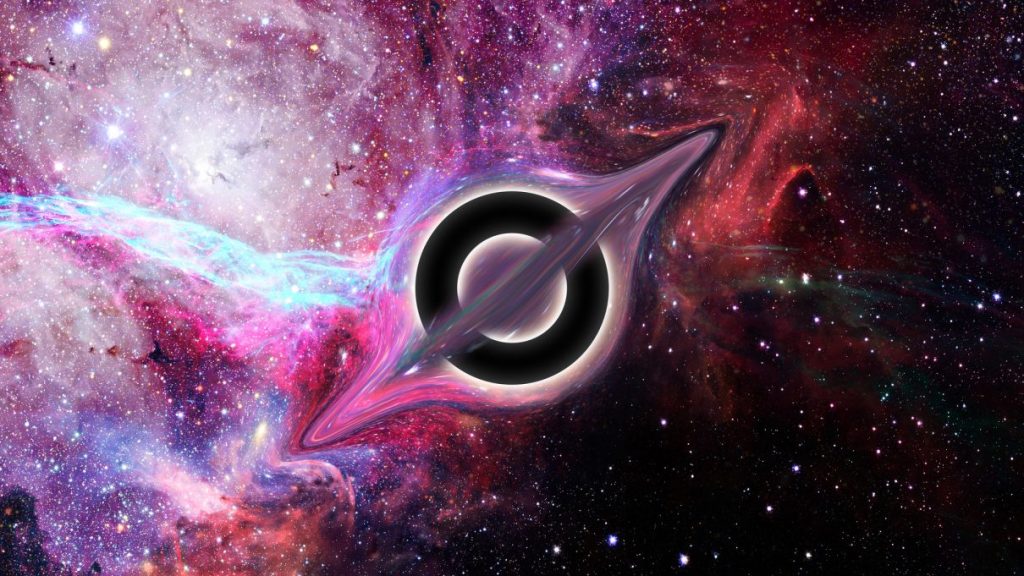As part of Black Hole Week, NASA has remixed the eerie sound of a black hole. This means that it can also be heard by human ears.
Towards the end of black hole week, NASA astrophysicists on Wednesday presented the music of this year, the black hole soundtrack. The sound waves identified by astronomers were extracted and made audible to human ears for the first time. At the same time, the result is evidence that space does not appear to be silent. Black Hole Week is an annual social media presentation for NASA. This year it will take place from 2 to 6 May. This was reported by NASA.
On July 23, 1999, NASA brought Chandra (abbreviation: CXO, full name Chandra X-ray Observatory) A satellite with an X-ray telescope was launched into Earth’s orbit. Chandra is believed to be the largest satellite that NASA has put into orbit on a space shuttle.
Chandra astronomers identify sound waves
In 2003, astrophysicists working with NASA’s Chandra X-ray Observatory detected a pattern of ripples in X-ray light from a giant galaxy cluster in the Perseus constellation. The black hole at the center of the Perseus galaxy cluster has been associated with sound since the time of its discovery.
These were sound waves with a diameter of 30,000 light years. Through the thin, superheated gas, sound waves permeate the galaxy cluster and radiate outward. They are caused by periodic explosions from a supermassive black hole at the center of the mass. These are 250 million light-years away and contain thousands of galaxies.
What does a black hole sound like?: Black Hole Week offers the answers
Astronomers have discovered that pressure waves emitted by a black hole cause sound waves in the hot cluster gas. This can be translated into audio. However, at about 57 octaves below middle C, the tone is inaudible to humans. It appears that a black hole has been making sound two billion years ago.
Currently, Chandra astronomers are bringing a new one sonication, translating astronomical data into sound, these waves into the ring. By accelerating the signals to 57 or 58 octaves above their original pitch and increasing their frequency four billion times, they are then audible to the human ear. As a result, we can hear intergalactic tones.
Chandra Observatory removes the error
“The common misconception that there is no sound in space stems from the fact that most of space is essentially a vacuum. This does not provide a medium for sound waves to propagate. On the other hand, a galactic cluster contains a lot of gas. This envelops hundreds or even thousands of galaxies and in the same Time is a medium for the propagation of sound waves.
Tarnkappe.info
About Antonia Frank
Antonia has been an author on Tarnkappe since January 2016. She started reviewing books. In the meantime, she prefers to write about legal topics, such as P2P issues, but also deals with other topics on the Internet, such as cybercrime. Her interests are mainly related to literature.




More Stories
Nvidia GeForce RTX 4090: AIDA64 gets Ada spearhead support
Rogue Trader – Details about the first cRPG in the series – CD-Action
t3n – Digital Pioneers | digital business magazine